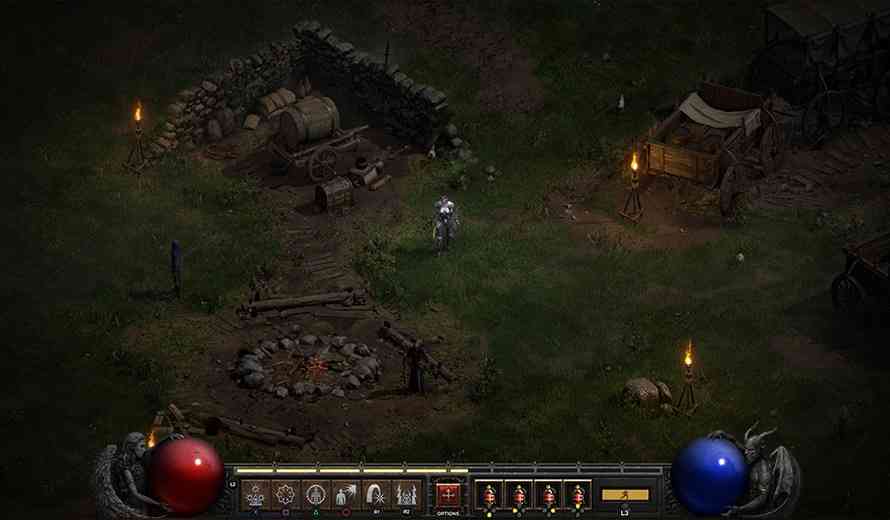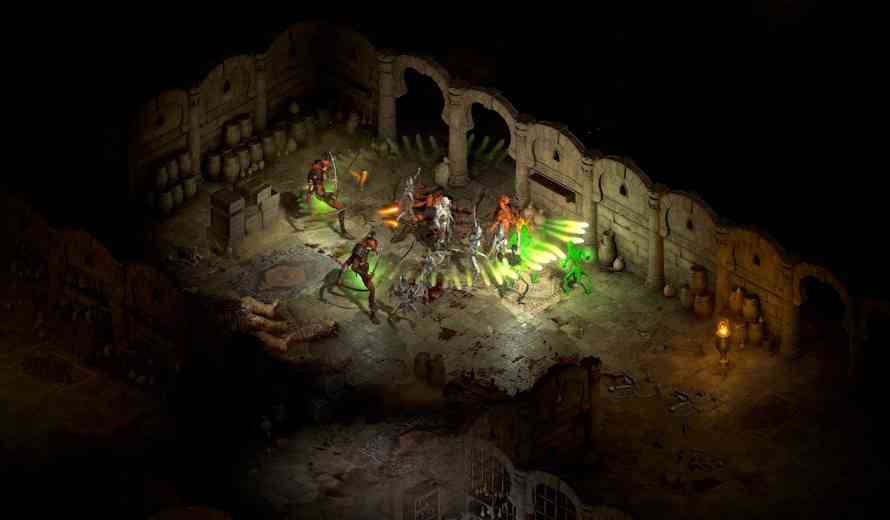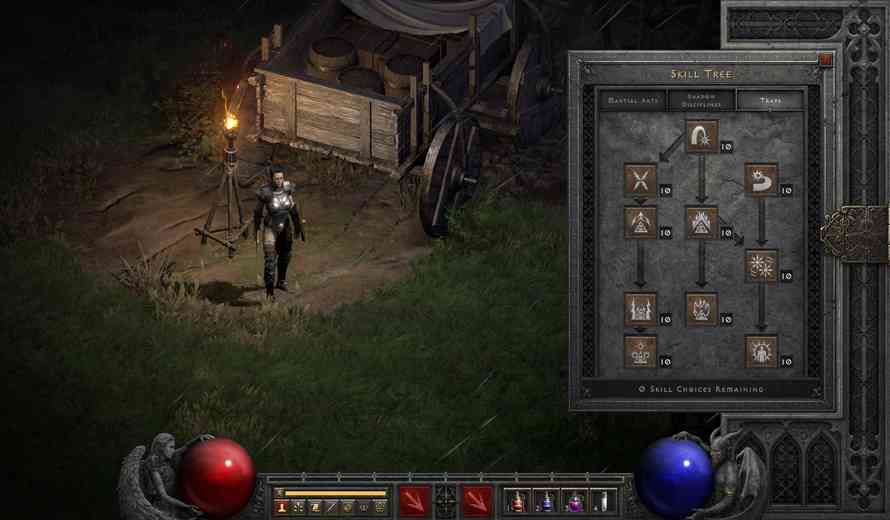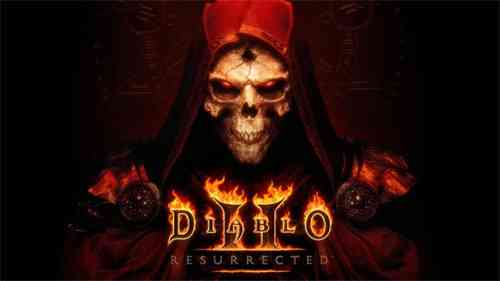Diablo II: Resurrected Review
One of the Instagrams I follow is Royalty Now. In case you’re unfamiliar, this is the Instagram of an artist who takes historical images, paintings, and sculptures of famous people and runs them through 3D imaging and other software, changes the subject’s hairstyle and clothing to reflect a contemporary look, and the result is magical. You realize that Napoleon, Charlotte Bronte or Beethoven were not just regular-looking people, but they could be sitting in the local Starbucks and you’d never bat an eye. I had the same reaction to Diablo II: Resurrected. Although I guess if Diablo himself was drinking a latte you’d probably notice.
Vicarious Visions and Blizzard have taken a two-decade-old game and essentially worked the same kind of digital magic. Imposing sharp and contemporary, fully 3D images on the old, 2D game has given Diablo II a current-gen look and feel and, most remarkably, has overlayed some sort of alchemical process to make us misremember the original as looking exactly like the new version. Which it patently does not, as Blizzard reminds us by giving us the option to toggle the time machine on and off at will and play the game as it was. The original looked rough.
For many gamers, Diablo II was more than a videogame, it was a heavy-metal, head-banging dance with the devil himself, and many of us poured hundreds of hours into one of the most influential and iconic action RPGs ever made. Diablo II was both evolutionary and set the template for the genre. But templates have a way of feeling too restrictive over time, and many post-Diablo II ARPGs made mechanical changes to the formula, in particular adding quality of life enhancements that did away with many of the arbitrary or technical restrictions that were part of the genre in 2000. When it was released in 2012, follow-up Diablo 3 was less of an evolution of the franchise than an acknowledgement of current accepted practices and mechanics.

As a remaster, Diablo II: Resurrected is sort of an odd duck, perching somewhere between a simple though thorough graphical facelift and full-on remake. Visually, the cinematics, the lighting, the spell effects, the environments and the characters look about as good as they possibly can without a complete redesign. Everything is much sharper and enlivened by contrasts and deeply saturated color, and if you doubt it, just flip to the pixelated original, which can be done so at any time. It will definitely make you think about time, memory and perception. Music and sound remain evocative and lodged in memory as well, and listening to the soundtrack (especially in the loading screens and menus) I was surprised to hear just how clearly the sound of live orchestral musicians came through instead of the processed digital samples that are so often part of recent scores.
Endless Options, But Missing Some Fixes
Resurrected makes a strong effort at adding accessibility options and adds an impressively wide range of ways to tweak graphics settings, audio and controller configurations, but when it comes to quality of life enhancements in-game, the list is curiously and disappointingly small. It feels incomplete and arbitrary. There’s the shared stash, of course, and auto pick-up for gold, but the inventory is the same constricted pain in the ass, and multiple items still can’t be stacked. Pathfinding feels every bit of 21 years old, as does the less-than-smooth character movement. Whatever class balancing issues plagued the original Diablo II and its expansion seem to remain, though the classes are uniformly fun to play and build. Loading times are ridiculously long for a game that, even in its newly polished incarnation, can’t be as system-demanding as the loading times would have us believe. And yes, there are bugs, and launch day server issues to the point where it was just easier to play offline than to fight the connection.

I get that the concept was to respectfully preserve the original experience that meant so much to so many, albeit with much better visuals. But why, then, make any changes at all to the mechanics? Why a shared stash and not stackable consumables? Accessibility options for color blind players is a welcome recognition of the need for modern standards, but shouldn’t better enemy AI or balanced combat also have been on the whiteboard?
All that grousing aside, Diablo II is, at core, one of the most addictive and memorable ARPGs ever made, and it’s still easy to get lost in Sanctuary for hours at a time. The game’s story is fantastic (still) and its pacing remains engaging. Controller implementation is excellent and means that we’ll no longer suffer from repetitive stress injuries from days spent clicking away.
Given the firestorm of accusations and ongoing legal battles surrounding Activision Blizzard, there are certainly gamers who will feel unwilling to support any product from the developer. That’s fair, of course, but equally, the vast majority of employees and creatives involved in crafting Diablo II: Resurrected are presumably appalled by the tumult and the climate that led to it. Judging a finished product or work of art by the behavior or beliefs of its creator (or corporate management and workplace culture) is, and has always been, a complicated decision without a clear guiding compass.

In those areas where Diablo II: Resurrected attempts to improve on the original, it absolutely succeeds. It looks infinitely better, it’s more accessible to a wider range of gamers, and it mostly feels like it deserves to live on current-gen systems. At the same time, some of the changes seem arbitrary when looked at through the lens of what could have, and should have, been updated. Part of Diablo II: Resurrected feels wonderfully nostalgic and timeless, but another part feels mired in outdated mechanics from decades past, and pretty graphics alone can’t fix that.
***PC code provided by the publisher for review***
The Good
• Much improved visuals and cinematics
• Lots of accessibility options
• Minor quality of life fixes
• Still addictive
• Great story and gameplay
The Bad
• Bugs and server issues
• Clunky movement
• Some very dated mechanics

